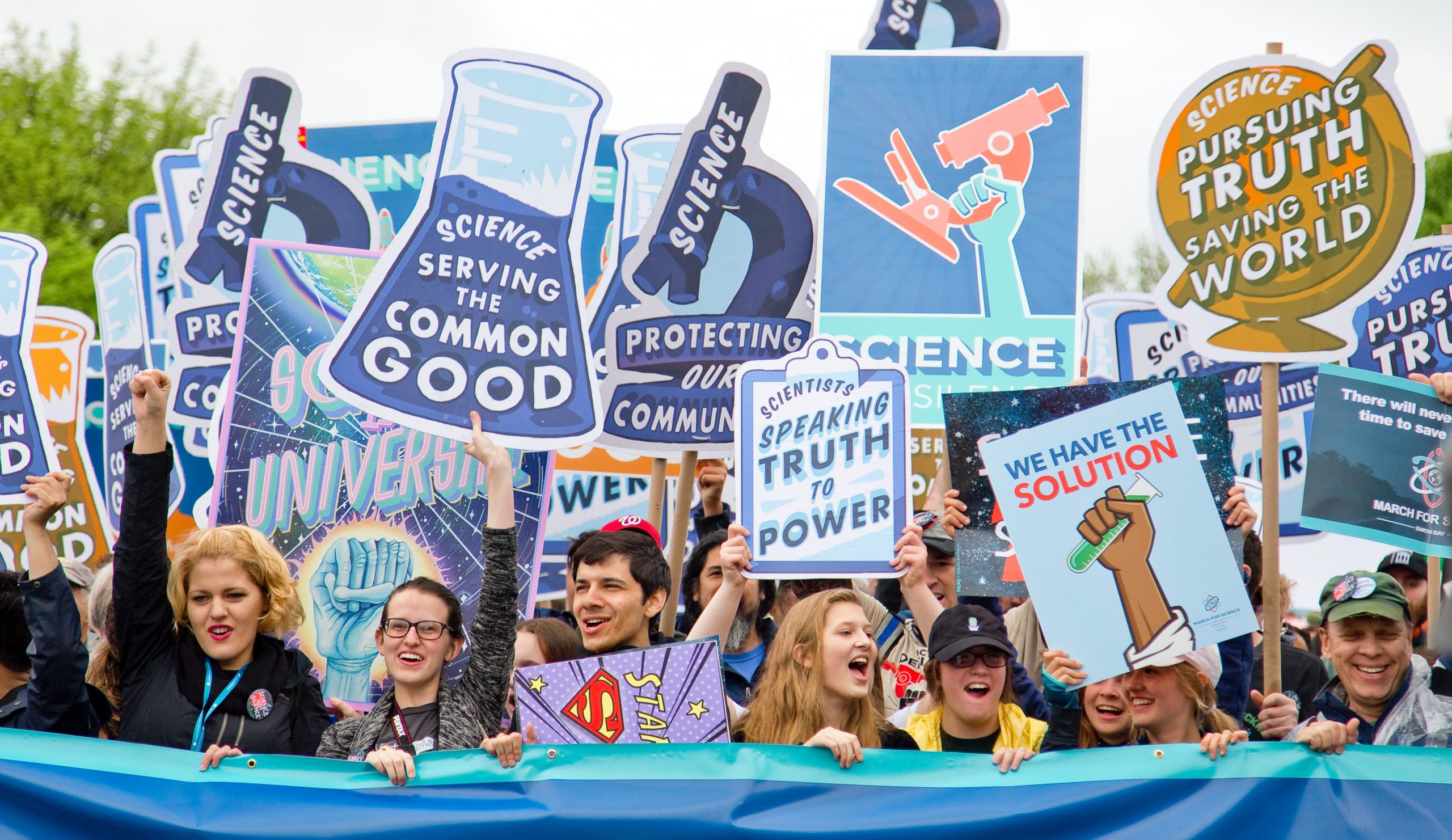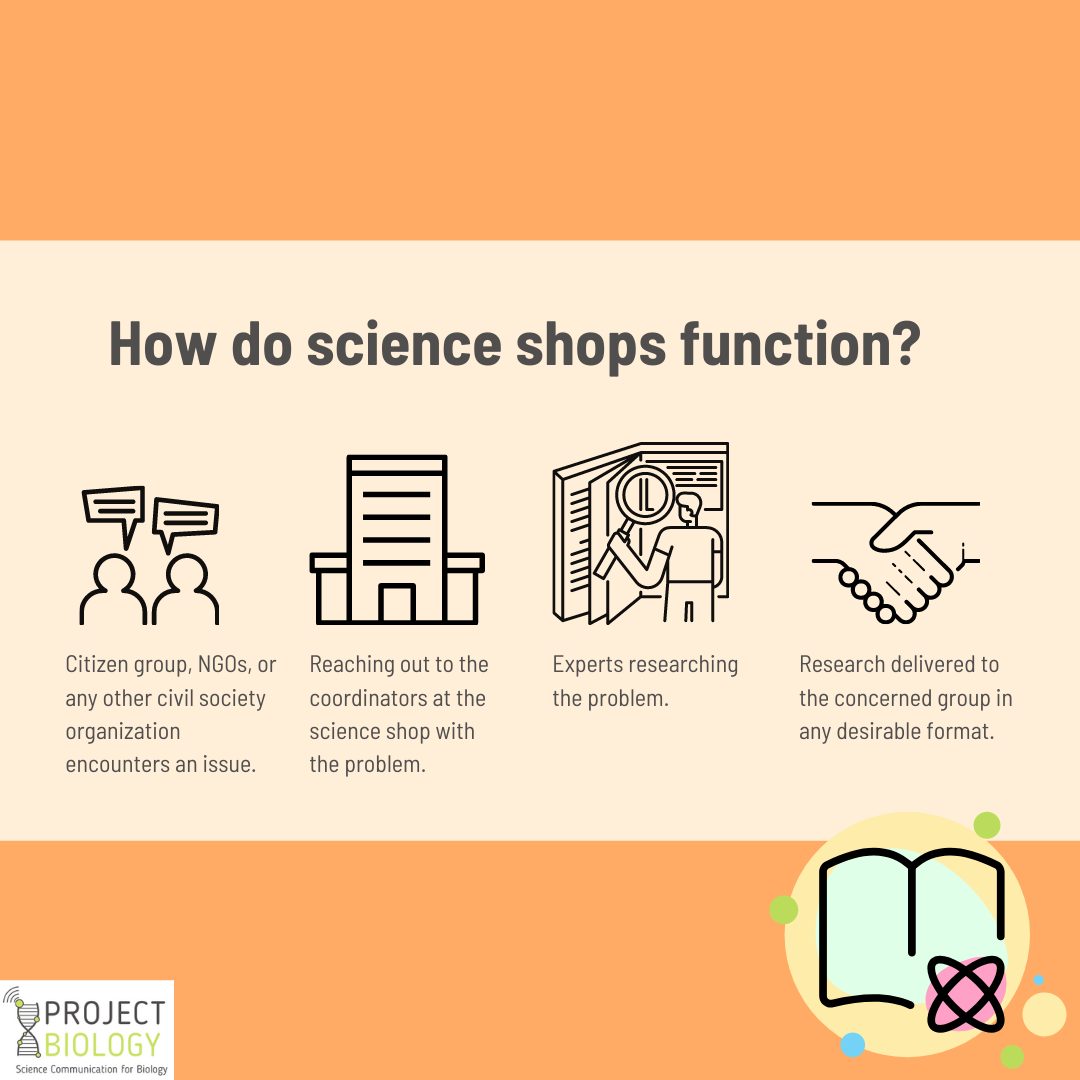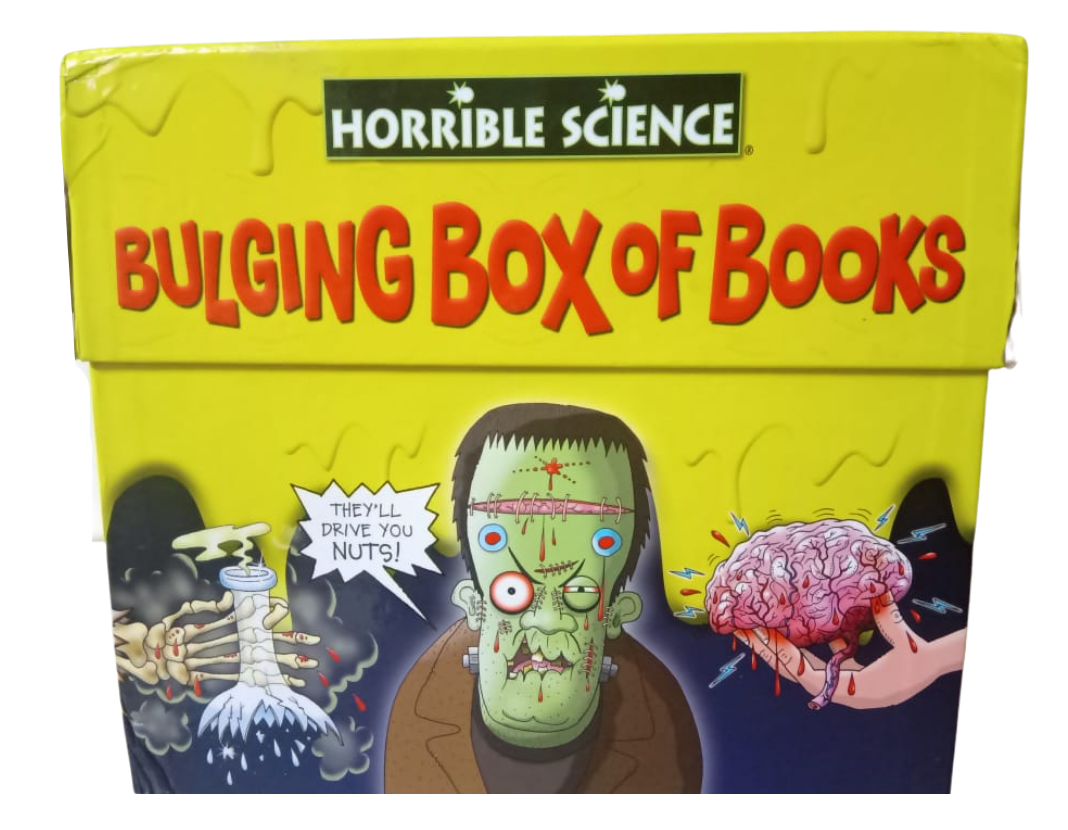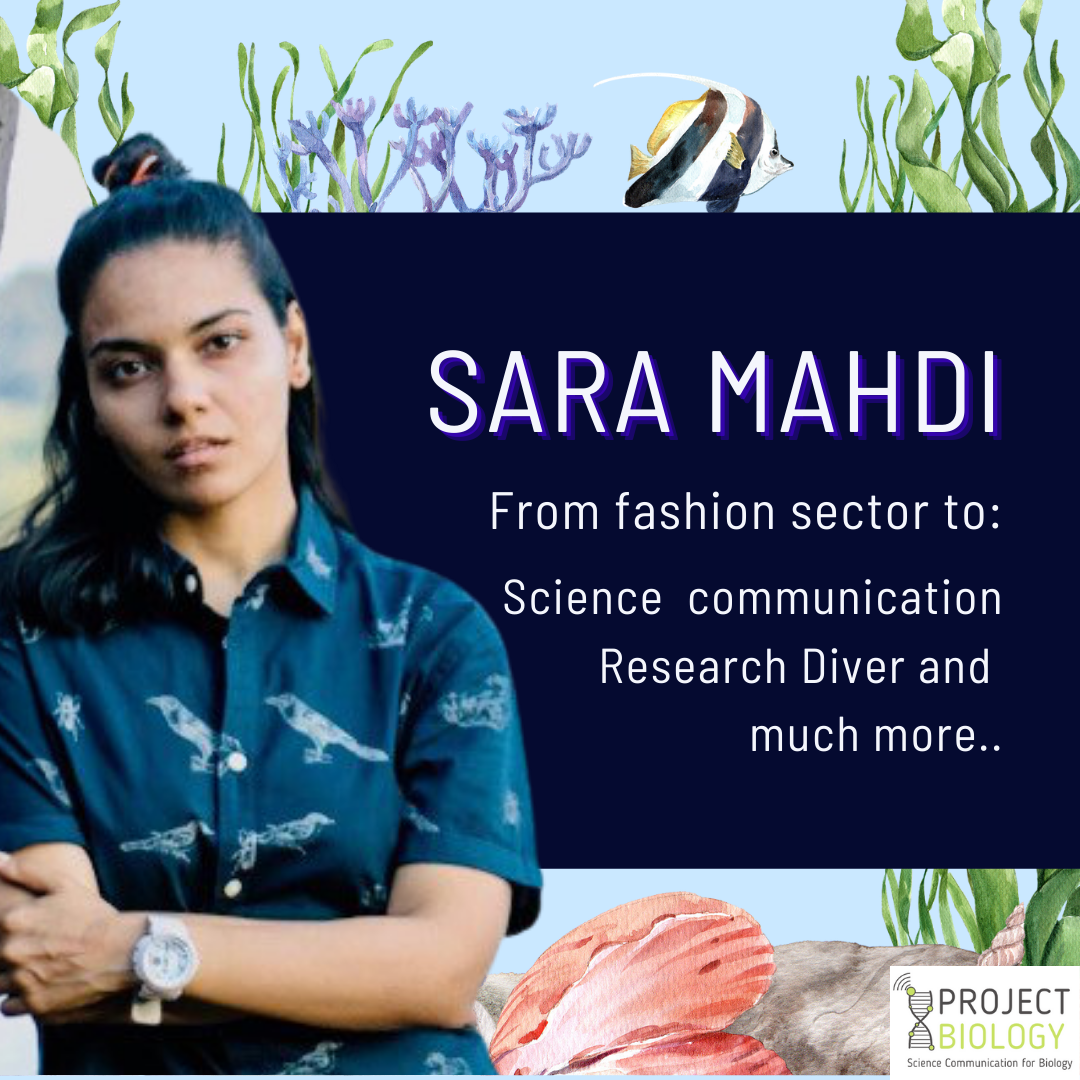Ann Vinod holds nine years of experience working in various aspects of content management and publishing. She started her career as a technical writer at IIT, Bombay, and currently works as a Communications Coordinator, at the Tata Institute for Genetics and Society (TIGS). Before joining TIGS, she worked as a Business Development Manager at Notion Press, a book publishing company in Chennai, India. She developed media content for customer engagements, streamlining business processes, and ideating solutions for publishing books. Here, in conversation with Ann about marketing the science, her journey into science communication, and the unique opportunities presented at TIGS.
You hold a diploma in Administration of Human Services and a master’s in Biomedical Genetics. Did the science and community connection drive your choice, or did the choice itself help you expand your thought process?
I’ve always enjoyed learning science. The diploma course was something that I thought at the time would be a minor detour. But it turned out to be a life-changing experience. I had the privilege of learning from people who had dedicated their lives and careers to making a difference in society. It taught me the value of small but incremental changes. Our mentors encouraged us to participate in and sometimes organize community and outreach programs. They often revealed how ignorant we were of the real challenges that many people face every day. My love for science took me back on the path to a master’s in Biomedical Genetics. But the gap year course informed every choice I made in my personal and professional life.
How did you venture into the world of science communication?
I’ve had an unconventional journey into the field, being involved in different aspects of communications throughout my career. I’ve worked in editing, creating marketing publications for a research institute, coordinating projects, and developing client communications. But I hoped to apply these learnings in my core field of training. TIGS gave me a chance to do that.
You have worked across different communication lifecycles, from a technical writer to freelancer, business development manager, and now a communications coordinator. What were the strengths and drawbacks of science marketing, or science being taken out to the world, you noticed during your career?
One of our shortcomings as communicators of science is that we tend to sway to an extreme. We either simplify the message so much so that we end up with news headlines such as ‘Coffee causes cancer’ or our messages are so full of jargon that a layperson cannot help but swiftly swipe past them. Both extremes are bad PR for science. We need to detail the why, what, and how without diluting the complexities. This proves quite a challenge.
You currently work as a communications coordinator at TIGS. How does it allow you to explore and understand different areas where community and genetics connect?
The technologies that scientists are working on at TIGS are meant to be used to benefit society. TIGS has four main areas of focus:
- develop improved crop varieties that can withstand biological and environmental stresses,
- develop mechanisms to reverse antibiotic resistance,
- develop a fine-scale understanding of the mosquito vector landscape in India to aid in the control of diseases like malaria and dengue,
- design therapeutic interventions for blood disorders.
These technologies have great potential for positive impact and need to be discussed among stakeholders at all levels, including the general public. We’ve been exploring different formats and platforms to engage these discussions, and we’re working on tailoring them to different audiences. Additionally, we have had to adapt fast to social media, Zoom, and new technology platforms in the shadow of COVID during this past year.
In today’s world, where tested and traditional areas of science suffer from under communication. What factors help drive you in ‘exploring new ways to enable an undiluted appreciation of complex research,’ as you’ve mentioned in your profile?
We’ve been seeing so many examples of science communication done well and effectively these days, and this is inspiring! They don’t always come from a research institute, either. I’m a fan of long-form video content like that from the YouTube channel Kurzgesagt. To capture the focused attention of a viewer for 10-12 minutes when there are so many bite-size distractions lurking around is no small feat, and they do this beautifully and meticulously. We need to find more creative ways to get people interested in the details, and it’s encouraging when we see that it can be done.
Through collaboration, TIGS India aims to advance research and facilitate the broad applications of new technologies for human health and agriculture based on genetic engineering principles. How does this unique overlap of next-gen technologies and societal responsibilities challenge or help the communication endeavors?
We try to speak to a wider range of audiences because of the potential positive impact the technologies have on human health and agriculture. This is both easy and difficult at the same time. While it is difficult to convey a message to different groups of people with varying levels of understanding of the technology, it is easier for people to connect with the message because of the societal impact.
Is it challenging to design your communication endeavors when working with a sophisticated area of research?
Yes, and I assume that is the case with communicating all kinds of research. Scientists publish their findings after working on a problem for several years. Very often, their approaches are informed by decades of research that came before them. Bringing in this context in every format and platform we communicate in, especially on social media, is challenging. But it’s a challenge worth taking on.
What advice will you give readers on how to handle such challenges and produce an effective communique?
I think it’s important to first ask who the target audience is and what is the core message you want that audience to understand. We wouldn’t use the same tone, format, or platform to engage students as we would use to engage adults. Once we know who we’re talking to and what the key message is, we can try different methods to engage that audience. Young students might respond to content condensed as interesting videos on social media, whereas scientific experts might prefer detailed factsheets.
I also think that, whichever method we use, it’s important we keep the content clear and simple. For me, if I’m working on an article, I’d try to approach it like how I’d narrate a story, relaying information through a series of interesting events. This helps bring in clarity. It is also important to include stories about the people doing the work and the passion that drives them because this can inspire others. I also usually work under the assumption that anything that is vague is likely to be misunderstood. But different things work for different people.
Finally, why do you think one should market science?
Science communication is important because it helps people make informed choices. This last year has underscored the importance of science and technology in our lives. But even now, there’s so much misinformation out there about how COVID19 spreads, its treatment, and how vaccines work. And we’ve all been witness to the kind of damage this false information can do.
Science also gives people hope. Many discoveries are being made worldwide to tackle health conditions, nutritional security, environmental protection, biodiversity protection, etc. These discoveries help us understand ourselves and our universe a little better. Talking about them gives us hope for a better future.



